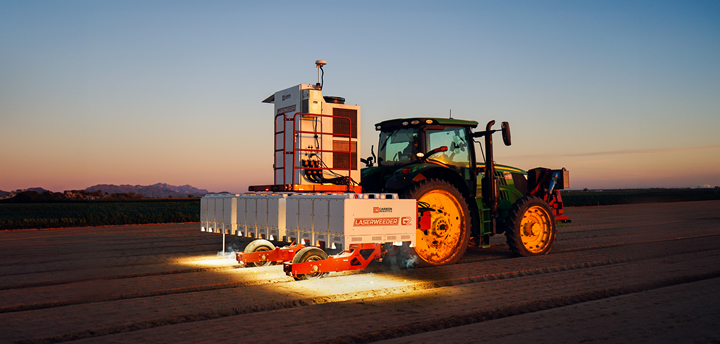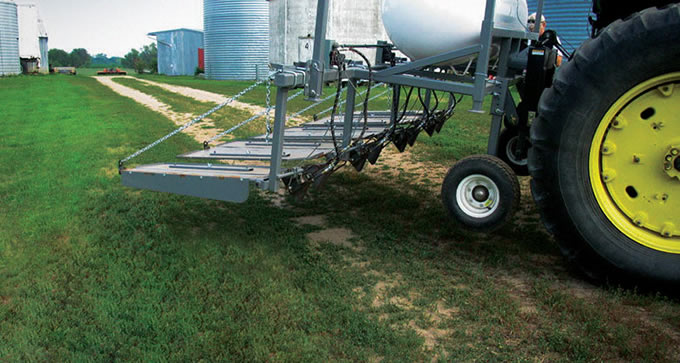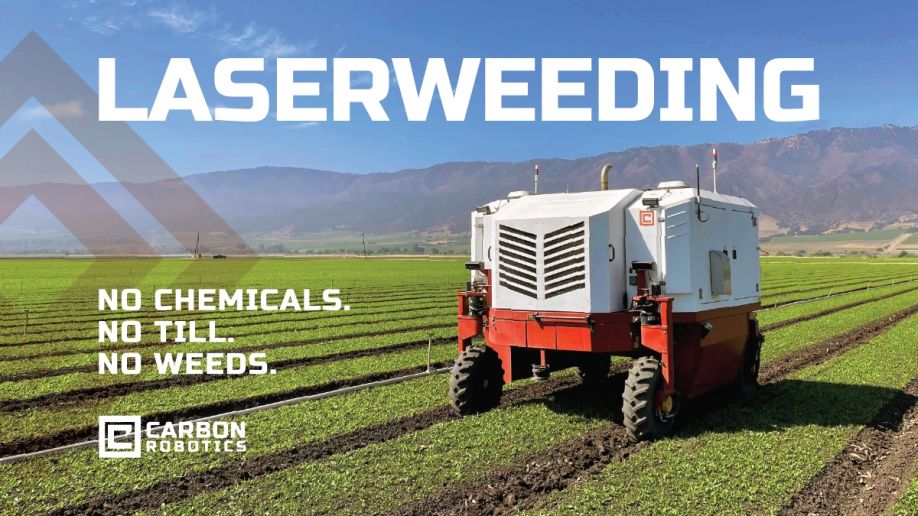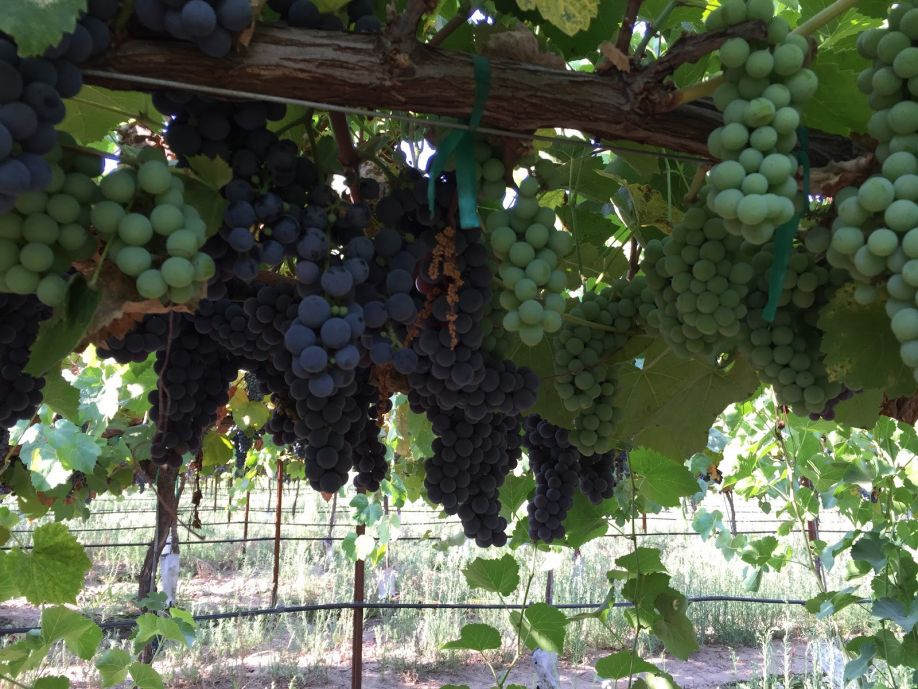How Cameras Power AI-Driven Autonomous Weeding Robots in Precision Agriculture
Autonomous weeding robots are modernizing agriculture by using AI vision capabilities to identify and remove weeds with speed and consistency. They rely on high-quality imaging to distinguish weeds from crops, even at early stages of growth.
More Farmers Are Adopting John Deere's See & Spray, Here's Why
First introduced in 2018 by John Deere and Blue River technology, See & Spray uses cameras, processors and a boom to apply non-residual herbicides to weeds with pinpoint accuracy within corn, soybean and cotton fields.
Taylor Farms Announces Acquisition of FarmWise®'s Business
FarmWise has been at the forefront of ag-tech innovation, recognized for its advanced automation and robotics systems that address critical farming challenges such as precision weeding and thinning.
Carbon Robotics Introduces Faster, Lighter and Modular LaserWeeder G2 Product Line
Powered by Carbon AI, LaserWeeder G2 provides farmers with the world's most precise weed control in new sizes, configurations and prices
Carbon Robotics Secures $70 Million in Funding, Led by BOND
Unlike traditional weed control methods that often rely on herbicides or labor-intensive practices, the LaserWeeder uses targeted lasers to eliminate weeds without harming crops.
AI-powered Laserweeding: A New Tool for Weed Control
The LaserWeeder is a pull-behind robot that seamlessly attaches to the back of tractors. LaserWeeder combines AI, computer vision software, deep learning models and lasers to identify weeds and target them for elimination.
Carbon Robotics Adds Industry's First LaserThinning Capability to its AI-powered LaserWeeder
The company's LaserWeeder surpasses 500 million weeds eliminated across 40 different crops. 2023 deliveries will bring LaserWeeders to farms in 17 U.S. states and three provinces in Canada
Propane Flame Weeding Provides Optimal Solution to Herbicide Shortages, Weed Resistance Issues
New propane flame weeding technology uses heat to rupture the internal cells of plants for a clean, highly effective solution for weed control that reduces reliance on herbicides and combats increasing weed resistance issues.
Autonomous weeding and its future in Agriculture
The demand for LaserWeeders is enormous. We are just getting started on our mission to help farmers reduce chemical use, minimize tilling, and overcome labor challenges associated with conventional weed control methods.
Carbon Robotics Closes $27 Million In Series B Financing Round Led by Anthos Capital
The Autonomous Weeder is an autonomous robot that utilizes high-power lasers to eradicate weeds through thermal energy without disturbing the soil. The robot allows farmers to use less herbicides and reduce labor.
Can Artificial Intelligence Help Growers Win the Weed Wars?
There are few herbicides available for specialty crops, making hand weeding the "go to" process. Could intelligent weeding machines be the answer? Based on technology advances made to date, experts say the answer is likely yes.
WSSA Asks: Is Unmanned Aerial Weed Control Ready for Takeoff?
Unmanned aerial vehicles (UAVs), commonly referred to as drones, may soon revolutionize weed management. Equipped with the right tools, researchers say they can be quite effective at both finding and treating problem weeds.
App with Instant Photo Recognition and A.I. Power Speeds Identification of Weeds and Disease
"With the xarvio™ SCOUTING app, anyone with a smartphone can identify weed and disease threats on a variety of crops, such as corn and soybean," said David Gray, Commercial & Business Development Manager for xarvio™.
Robots fight weeds in challenge to agrochemical giants
In a field of sugar beet in Switzerland, a solar-powered robot that looks like a table on wheels scans the rows of crops with its camera, identifies weeds and zaps them with jets of blue liquid from its mechanical tentacles.
Detecting Weeds with MicaSense Atlas and RedEdge
The weed detection layers in MicaSense Atlas are designed to help growers identify and differentiate weeds from planted crops based on plant chlorophyll content. Each layer has a different combination of bands and color composite
Records 1 to 15 of 16
Featured Product

The smartest dynamic LED grow light solution.
We set the standard in LED grow lights. No other grow light solution rivals Sollum's performance, thanks to innovation such as unmatched automatic dimming of light intensity and spectral in real time. Whether you grow specialty or mass market produce and all options in between, we have a cost-effective, environmentally friendly and fully supported LED grow light solution to fulfill your business needs.







.jpg)







